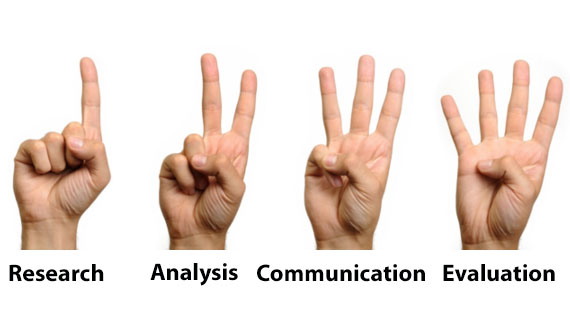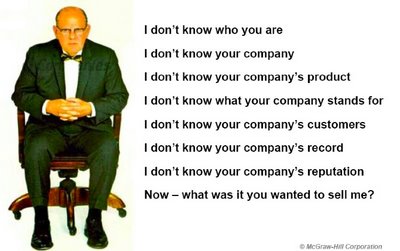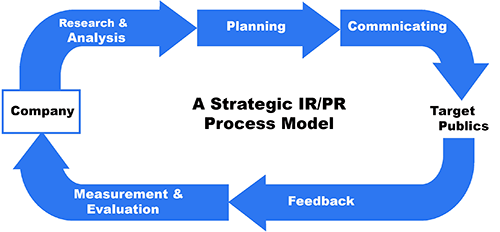There is a saying, “if they do not know you, you do not exist.” The phrase, perhaps, is a bit extreme but it hides a reality. In the business world, a good product is also subject to a good promotion. Communication is not limited to publicizing services but also directing the message and transmitting it wisely.
Source relationship-economy.com
In any entrepreneurial project, a communication plan is almost as important as the business plan. The communication plan can be a real challenge as it is a field that is not necessarily dominated. There is no universal structure for a perfect communication plan, however, there are certain models that can guide us—and one of them is the R.A.C.E formula.
Running the R.A.C.E.
Source allenbergracingschools
The R.A.C.E. formula or model is a four step process proposed by John Marston in 1963 for communications planning. It is an essential sequence process involving Research, Analysis, Communication and Evaluation.
 Source by sweetprocess
Source by sweetprocess
In general, what this model shows is if you hope to influence public opinion, you have to establish a starting point: research the existing opinions and attitudes of your target audience. Next, analyse that information to prepare a communications plan. Execute or communicate your plan and, lastly, review or evaluate your efforts and monitor your impact. This week I will talk about the first two steps of this process: Research and Analysis.
Research
Research can be as extensive as commissioning a public opinion poll or as simple as talking in an informal basis with your clients or staff. Primary and secondary research can give you an idea of what your audience needs to know about your company, what your adversaries are doing, where the content is coming from, and what is the best way to communicate.
Source by better-ir.com
The most important thing about communication is that it is not just putting information out there. We have to consider it as a dialogue and we need to keep our audience at the front of our mind all the time. We have to remember that the receiver of the message is who will determine if the process is successful or not.
Analyse
The analysis stage involves sifting through the research to look for information that will help you frame your communications plan. However, do not forget that instead of concentrating on what you would like to say, the goal is to focus on what we would like to them to know, learn and do.
Source zenportfolios.ca
I agreed with new PR practitioners who argue that the R.A.C.E. formula must be updated. My experience in the field has taught me that there is no one structure to follow that guarantees successful communication.
Despite following the R.A.C.E formula as a sequence process or in a variation according to the company objectives, it is a work in a process. The goal is to determine how to get from having something to say to how you know people have heard your message and how they respond to it.
Source webdirexion
If you are creating a communication plan, write it out. You need to set your goals but make sure the plan is flexible enough so you can adjust within the preset time frame. Communicating well is not easy and finding the key to get our message out in the best way possible may take a while. In these times of information, media, and noise abundance, if you do not know yourself and your audience, you simply do not exist. Or what do you think? Please leave your comments in the section below and if you haven’t connected with me on social media yet, check me out on Twitter and Google+.




